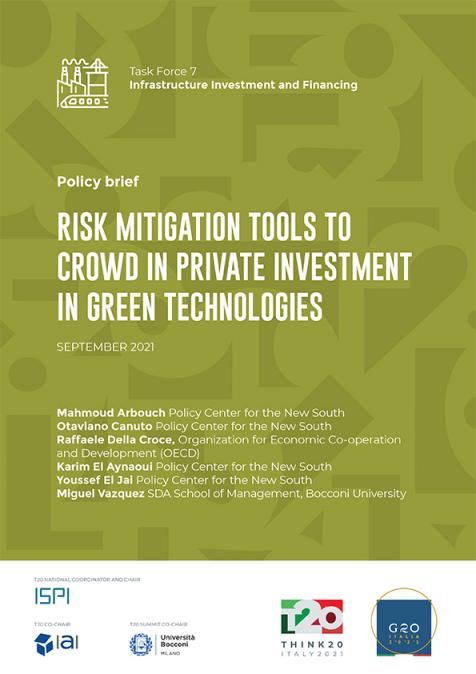Podcasts
Duel Biden/Trump : quelles politiques énergétiques pour les Etats-Unis ?
07
June
2024
Related topics:
Dans ce podcast, Francis Perrin, expert en énergie et Senior Fellow au Policy Center for the New South, revient sur les choix énergétiques des deux derniers Présidents des Etats-Unis, Joe Biden et Donald Trump. Il offre une analyse comparative de leurs politiques énergétiques, marquées par un contexte de transition énergétique mondiale.






